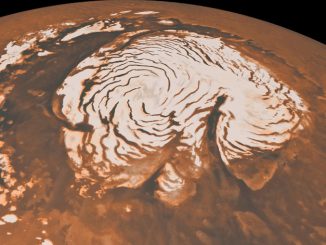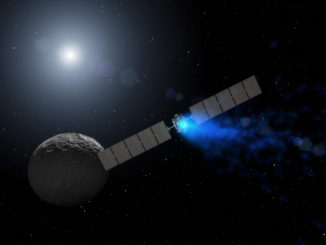We’re joining forces with our colleagues at Spaceflight Now to provide live coverage of the New Horizons spacecraft’s flyby of 2014 MU69 — also known as Ultima Thule — in the Kuiper Belt a billion miles beyond Pluto. Text updates will appear automatically below. Follow us on Twitter.
Related Articles

News
New Horizons team publishes first research paper on Pluto findings
The New Horizons team described a wide range of findings about the Pluto system in its first research paper published today — just three months after NASA’s historic first exploration of the dwarf planet. New Horizons has revealed a degree of diversity and complexity on Pluto and its moons that few expected in the frigid outer reaches of the solar system.

News
Scientists find evidence of ice age at Mars’ north pole
Using radar data collected by NASA’s Mars Reconnaissance Orbiter, researchers have found evidence of an ice age recorded in the polar deposits of Mars. Measurements show that about 87,000 cubic kilometres of ice have accumulated at the poles since the end of the last ice age about 370,000 years ago; the majority of the material accumulated at the Martian north pole.

